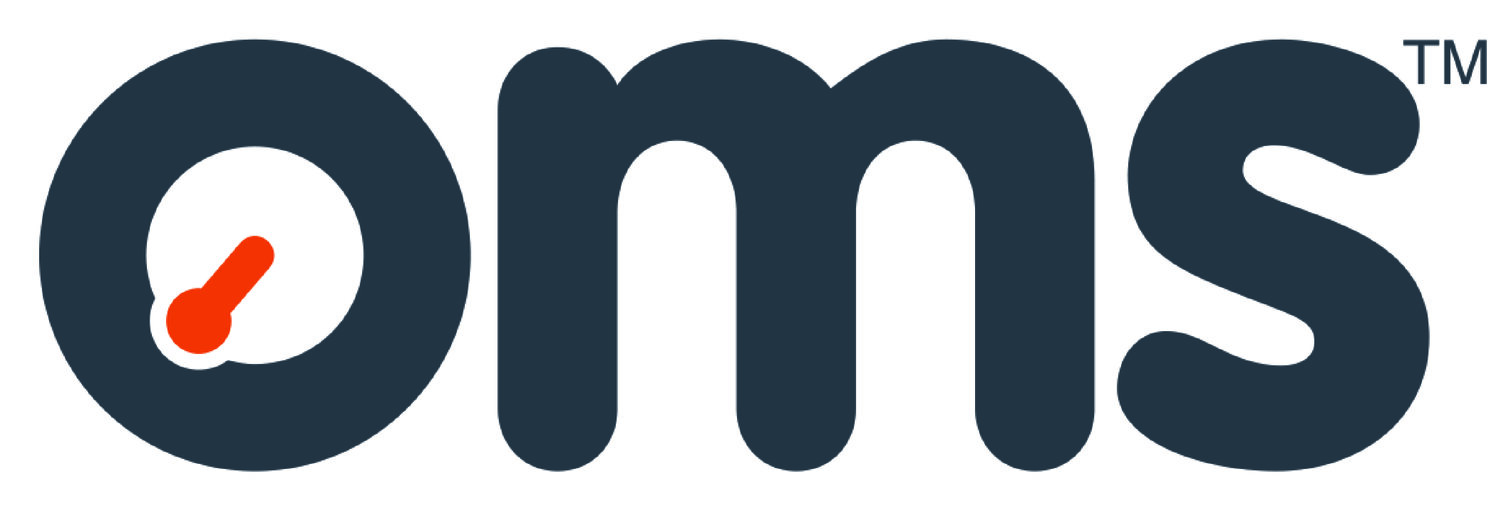Taking the maverick approach
Roger Wootton – aeronautical engineer, academic and passionate hot-air balloonist, was, as his Times obituary said, “A high-flier in more ways than one.” I was fortunate enough to work with Roger establishing his pioneering course in air transport management at City University in London and would like to share a few thoughts about how his bravery and maverick style helped build a new approach in air transport education and inspired my own business success.
During my long and varied career I spent some years as an academic at City University, going into research after completing my PhD. Academia can be a precarious life and I was always aware of the need for funding. Never satisfied with the idea of research for its own sake, I always tried to make my work commercially relevant, which helped me bring in £1m in funding. Sadly this was never enough to cover my own salary so when Professor Roger Wootton, Dean of the School of Engineering, approached me with an unconventional proposition I was very interested. “Tim,” Roger said, “if you will help me set up a new air transport management course for pilots, I am sure you will have lots of time free to do your research.” I jumped at the chance.
An unconventional Dean to say the least, Roger was a fascinating person whose career had taken him across the world, using his knowledge of how time, tides and tempests affect buildings, bridges and offshore structures to aid infrastructure projects and oil rigs all over the world. He was also famous for his exploits in his purple-and-orange-striped hot-air balloon, Prime Bang, which included flying over a Metallica concert (the best sound is directly above the stage) and dropping in for tea with David Niven.
At the time the only air transport management programme in the UK was run by Cranfield University and was only open to pilots with degrees. Roger had a theory that the air transport industry’s shortage of managers could be solved by training career pilots, many of whom were highly intelligent but lacked formal qualifications. He got the university senate to agree to accept a commercial pilot’s licence (ATPL) as sufficient qualification to join the MSc course and decided I was the ideal person to help him set it up, making it clear that he expected 100% from me when the students were in but that I could spend the rest of my time on my research.
Roger and I started to test the theory by gauging whether there was any interest in this type of course. We started by holding open days at hotels near Heathrow and advertising in Flight magazine. The number of enquiries we received indicated there was considerable interest, so we set out the programme, signed up our first pilots as guinea pigs and got going. For our first module we had five students and quickly learned how pilots’ personalities can fill a room. Despite the low numbers there seemed to be twice as many attending!
The course was innovative in several ways:
It had to be self-funding, with the entire cost met by student fees
The course ran midweek from Tuesday to Thursday, with pilots flying in from around the world to attend our intensive sessions. Early students included two wing commanders from Africa and an Italian pilot.
The course was virtual. We brought in expertise wherever we could find it – from other universities, business schools, the air transport industry and more. This kept us light on infrastructure and meant the course was portable – we ran it in the Middle East and other locations.
It was timely. Once set up it was clear the course met a need and it quickly became popular. Many of our students achieved top management posts in airlines all over the world.
Since our course began in around 1997 it has achieved significant revenue and academic credit for City University, London. Many similar courses have since been set up at other universities, a sure indication that Roger’s instincts were correct.
Running the ATM course taught me a lot about how to set up and run a business in this environment. As our students were studying customer service, I learned a huge amount myself about providing service to them which has served me well throughout my later career. I moved on to my next employment, running a media studies and electronics course and consultancy, having gained skills and experience that were enormously valuable when I set up OMS.
Sadly, Roger died in July 2017 and is very much missed. His funeral service was a packed and cheerful occasion with inspirational eulogies from his son and two former managers of the ATM course. All three talked about what the course had achieved and contributed. Captain Tillman, the new head of the course told me there are now 1,400 alumni, with 400 students currently registered and some airlines in the Middle East making the possession of this MSc mandatory for a management role.
Roger took up hot-air ballooning in the 1970s because he could not afford to take his light aircraft pilots’ licence and ended up running the most successful air transport management programme in the world. He was an inspirational character who aimed high and succeeded. His challenge to me meant I accepted a job from which I have benefited hugely. For me the lessons are clear – be brave, go for your dreams and, when the right opportunity presents itself, try the maverick approach.

